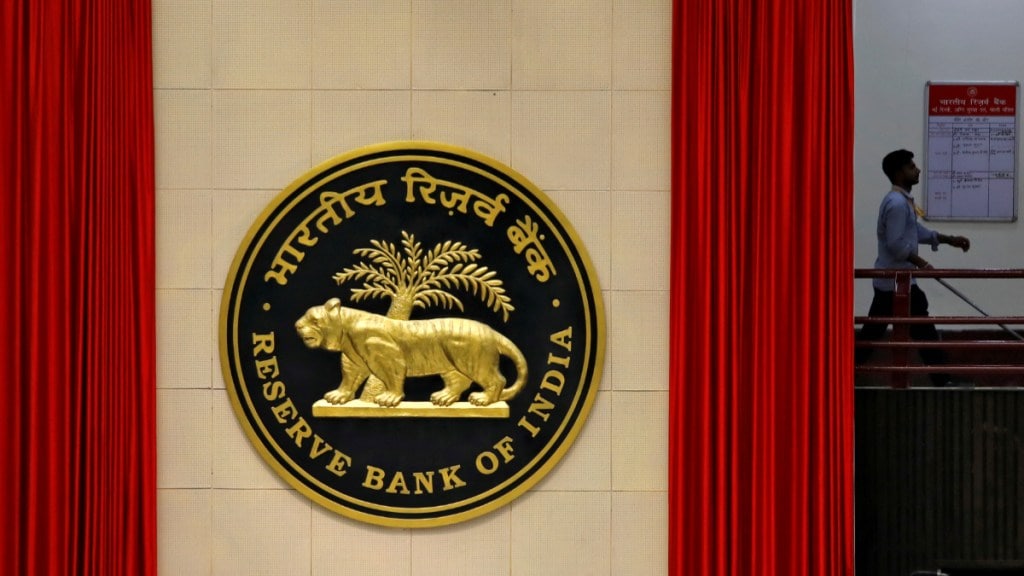Even as rates on short-term borrowings by companies have hit a four-year high, the Reserve Bank of India (RBI) will conduct a 14-day variable rate repo (VRR) auction for Rs 1 trillion on Friday. This is twice the amount injected at the previous VRR auction and will help ease the liquidity situation, which is becoming tight due to year-end requirements.
The rate on three-month commercial paper issued by companies, excluding non-banking finance companies (NBFC), has risen to 7.85%, the highest levels since November 2018, according to data compiled by Bloomberg. The papers issued by NBFCs saw rates rising to June 2020 highs.
“The central bank may be infusing money to pre-empt liquidity tightness expected on account of advance tax payments,” Lakshmanan V, treasury head, Federal Bank, said.
Bhaskar Panda, head of overseas treasury, HDFC Bank, believes the infusion of liquidity by the RBI is temporary and aimed at managing the year-end pressures on the system.
Market experts pointed out that although the liquidity in the system is not in deficit on a daily basis, and showed a surplus on March 8, there could be a shortage in the coming weeks as advance taxes and other taxes are paid out. The outflows on this count are estimated at over Rs 2 trillion.
Meanwhile, the squeeze on liquidity has driven up money market rates. The rate on the 364-day T Bill has shot past the yield on the benchmark bond, making the yield curve an inverted one. Dhanlaxmi Bank treasury head RK Gurumurthy said the spike in CP rates had followed the rise in short-term money market rates. “The rate on the one-year T-Bill touched 7.48%, multi-year highs. The markets are tempering expectations of RBI pausing,” he said.
Panda said expectations of rate hikes are also playing a role. “The markets feel the repo rate hikes could continue,” he said.
Gurumurthy said another hike is being priced in at the shorter end of the rate curve, which is also the cost-of-liquidity curve. “The rates may remain firm into mid-April. We can expect another15-20 bps firmness in the 1-year T-Bill rate,” he said.
The expectations apart, Lakshmanan explained the supply of T-Bills had increased sharply, driving up the yields at the shorter end of the curve.
Abheek Barua, chief economist, HDFC Bank, said the RBI is still in withdrawal of accommodation mode and is not turning neutral. “All expectations of rate action by the US Federal Reserve and the RBI are being revised upwards. As rates move up in response to market conditions, there will be more diversion to bank borrowing and those rates will also be re-priced upwards,” Barua said.
Nilesh Shah, MD, Kotak Mutual Fund, said that while the rise in repo rates has resulted in increase in borrowing cost across the yield curve, the maximum impact has been felt at the shorter end. “India Inc has deleveraged significantly in the past few years so the increase in borrowing cost will not have a material impact on profitability,” Shah said. The excess cash with banks eased to Rs 1.55 trillion this week, compared to a peak of about Rs 9 trillion in March last year, according to Bloomberg Economics India Banking Liquidity Index.

